One thing that stands true for parents is that they never run out of experiences. These never-ending events lead them to ask tons of questions.
The idea of making a weaning list is seeing its popularity increase amongst parents. Parents seek to control every aspect of their baby's weaning period, from exploring weaning benefits to sticking to strict baby-led weaning recipes.
That being the case, we must reiterate that babies and young children do not have the same immune system that adults have. There is a significant difference in the immune system of a baby and that of a slightly older child.
Protecting your baby's tiny tummy does not end with keeping a clean kitchen at all times. Other things key to sustaining your baby's health include meal preparation, preservation, and serving. Unfortunately, it is easy for babies and young children alike to suffer from food poisoning because they are highly vulnerable to bacteria. As such, parents must learn the dos and don'ts involved in preparing, storing, and serving food for their children.
There has been a lot of chatter concerning keeping and serving snacks cold. To clear this perception, we have provided a brief guideline highlighting all you need to know about maintaining cold snacks.
Importance of Keeping Snacks Cold
Most parents feel certain about keeping a nine-month-old baby's food cold. But, contrary to popular beliefs, keeping your baby's food cold does hold quite the benefits. Here are some benefits that may interest you.
Stalls Nutrient Loss
One of the best things about keeping your toddler's snack cold is that it helps prevent the loss of nutrients. In addition, keeping food cold reduces the frequency of reheating, especially when you prepare bulk meals. The rationale behind this is that if you constantly reheat food, you inevitably reduce the flavor of the food and its nutrient level.
This could potentially affect your baby's diet and in turn, their health as they develop.
Maintains Food Freshness
Fresh foods are perishable, and just like adult snacks that require refrigerating to prevent them from going bad, freezing baby snacks is necessary. You must make sure that you keep these snacks at the right temperature. This is because the bacteria known for causing food poisoning will multiply (with no limit in sight) if the food is poorly preserved.
Similarly, it is also necessary to know the time it takes to cool different snacks. Overall, fresher snacks are healthier for your child than stale ones.
Helps with Teething
Along with a teething toy, feeding your baby cold snacks during their teething period certainly helps reduce the pain and discomfort. Organic purees, fruits, vegetables, and other snacks, when served cold, offer a numbing effect during teething. It also helps in reducing inflammation on your baby's gums.
It helps develop their Palate
Serving your baby cold snacks can help develop their palate as they grow older, turning them into flexible eaters. Alternating between foods of different temperature variations is a cool way of letting your baby explore their food preferences. Furthermore, they get to experience the difference in food when it is cold instead of when it is hot. This claim is evident in the American Academy of Pediatrics (AAP) research, where they reiterated the fact that lifelong food preferences typically form at the nine months mark.
Chiill Silicone Freezer Tray
Rated 0 out of 5
$19.99
Add to cart
Key things to know before Keeping Snacks cold for your baby
Before rushing into the whole concept of feeding your child cold snacks, there are a couple of things every parent must know. Some of them include
- Knowing the proper freezing technique
- Accounting for your child's taste preference
- Prioritizing your child's comfort
- Understanding food hygiene and safety
- Understanding health consequences
The Guide to keeping Snacks Cold
The next step, having settled on a reason for feeding your child cold snacks every once in a while, is learning how to keep these snacks cold. Below are some of the best methods that you can use. These methods are relatively straightforward, cheap, and, more importantly, efficient.
Freezer Bags
A freezer bag is a low-budget alternative in storing baby food. It works by simply putting the food in it, sealing the tip, and then placing it in the freezer. One significant advantage of freezer bags is that you can quickly thaw out the entire bag or break off a section to thaw, depending on your preference. That and you can quickly dispose of it.
Storage Containers
If you're looking for cold storage on the go, consider quark's Storii all-purpose storage container with a built-in detachable ice pack, making cooling a whole lot easier. All parts are BPA free and freezer safe. The container, lid, and silicone seal are also microwave safe, which makes Storii containers an ideal all-in-one solution for convenient storage and serving.
Purchasing either of these baby food storage systems should be a no-brainer since you can easily incorporate them into your baby-led weaning recipes.
Storii Food Containers
Rated 0 out of 5
$21.99
Add to cart
Glass Jars
Using a glass jar in freezing baby food is somewhat traditional. It involves sterilizing a glass jar, filling the jar with a certain amount of food, and then tossing it in the freezer. Sterilizing the glass jar is necessary to avoid contaminating the food inside.
Similarly, people who carry out cold pressing of baby food also use glass jars.
Food Freezer Trays
A baby food freezer tray is a storage set that allows you to freeze and portion out the baby's puree after preparation. Freezer trays are suitable for preserving food, and we recommend that all parents own at least one, as it will helps them meal plan and conditions variability in food assortment.
If you're looking for a suitable baby food silicone freezer tray, we recommend our Chill freezer tray.
The CHIILL is our must have silicone freezer tray that is an intuitive food storage system with seven different preparation pods that makes storing different foods at once possible. It comes with a spill-proof silicone lid, and you can use it safely in the fridge, freezer, microwave, oven, and dishwasher. At 1.4oz, each of the 7 'prep pods' is perfectly portioned for first time feeders. As your little one grows, simply pop out additional pods as needed to keep them happy and healthy.
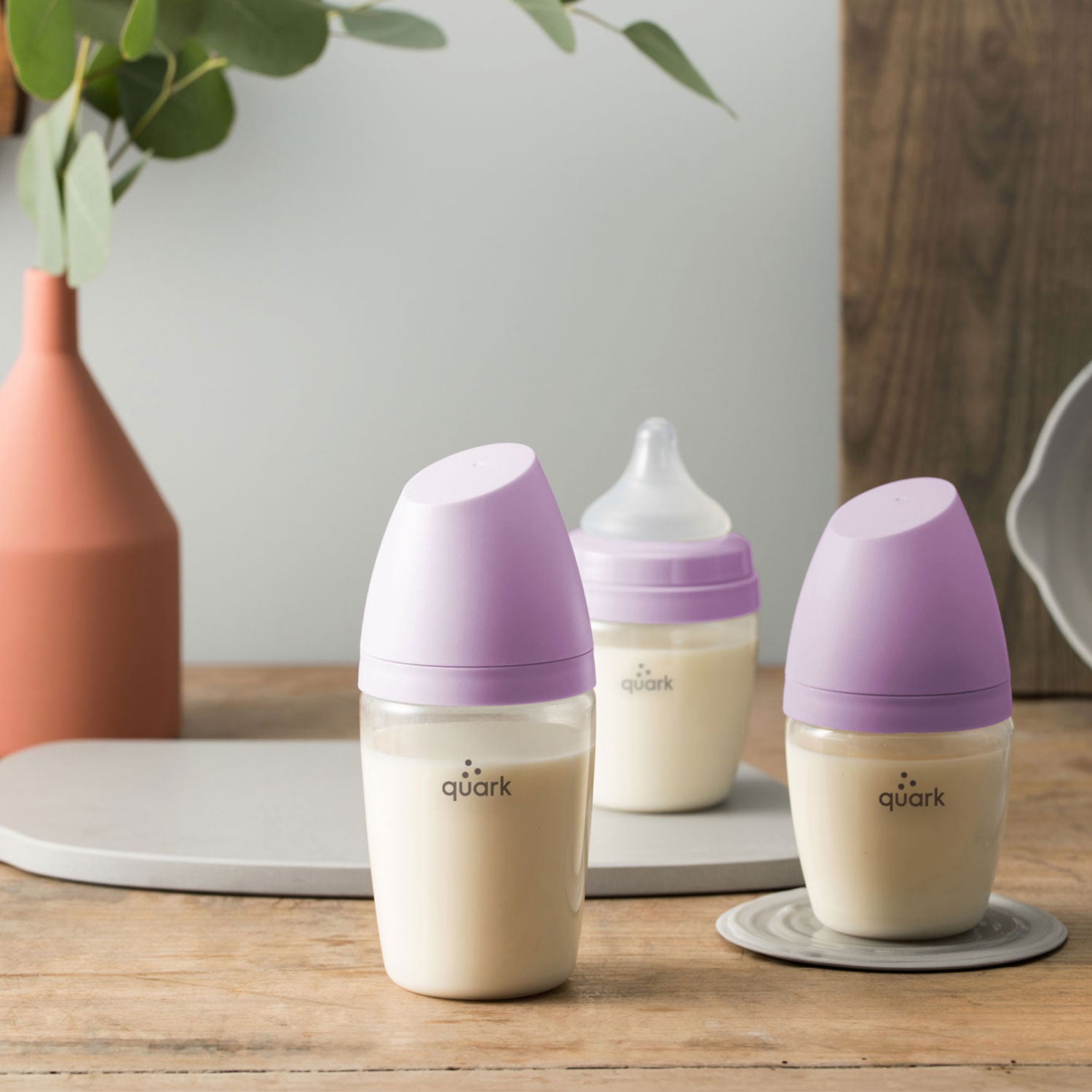
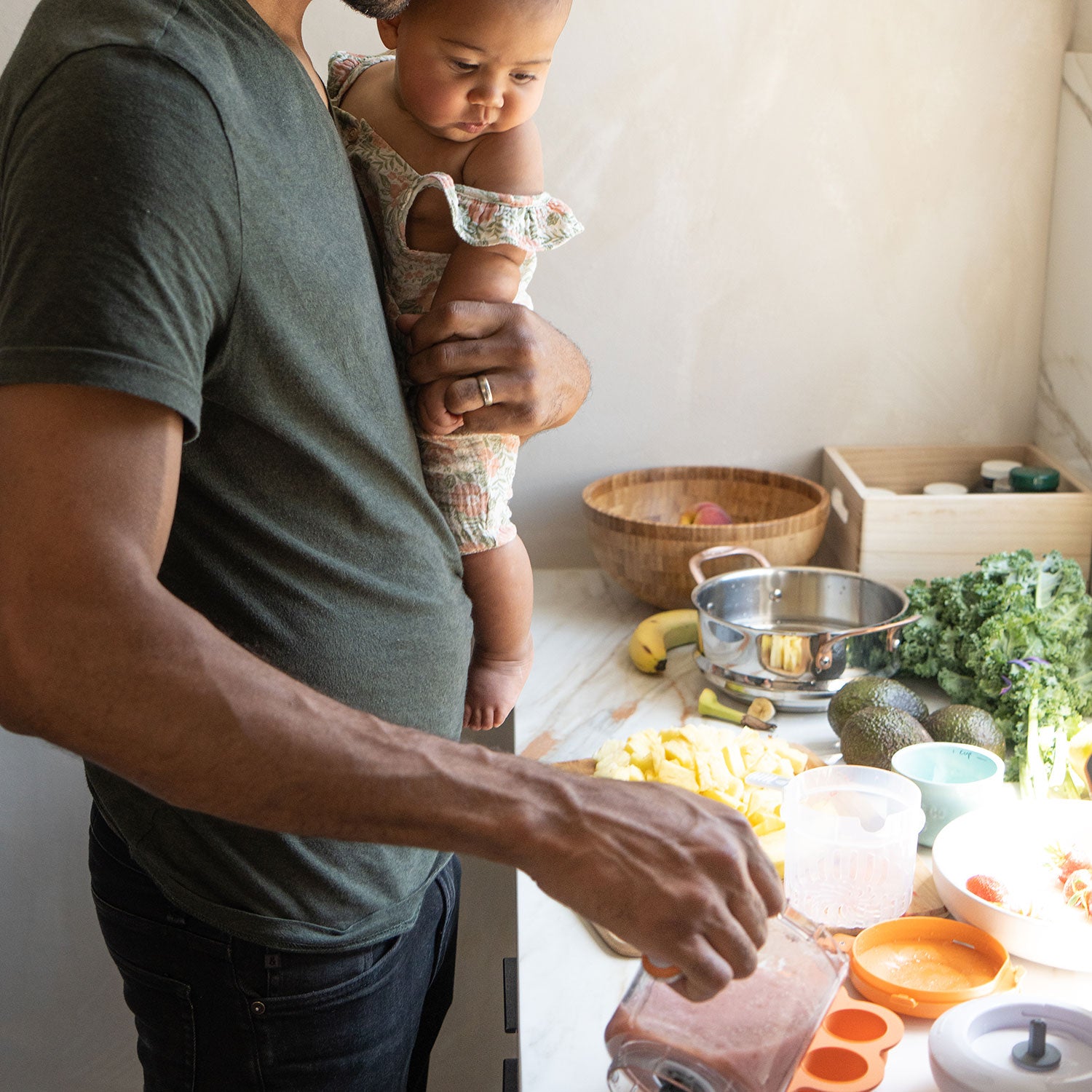


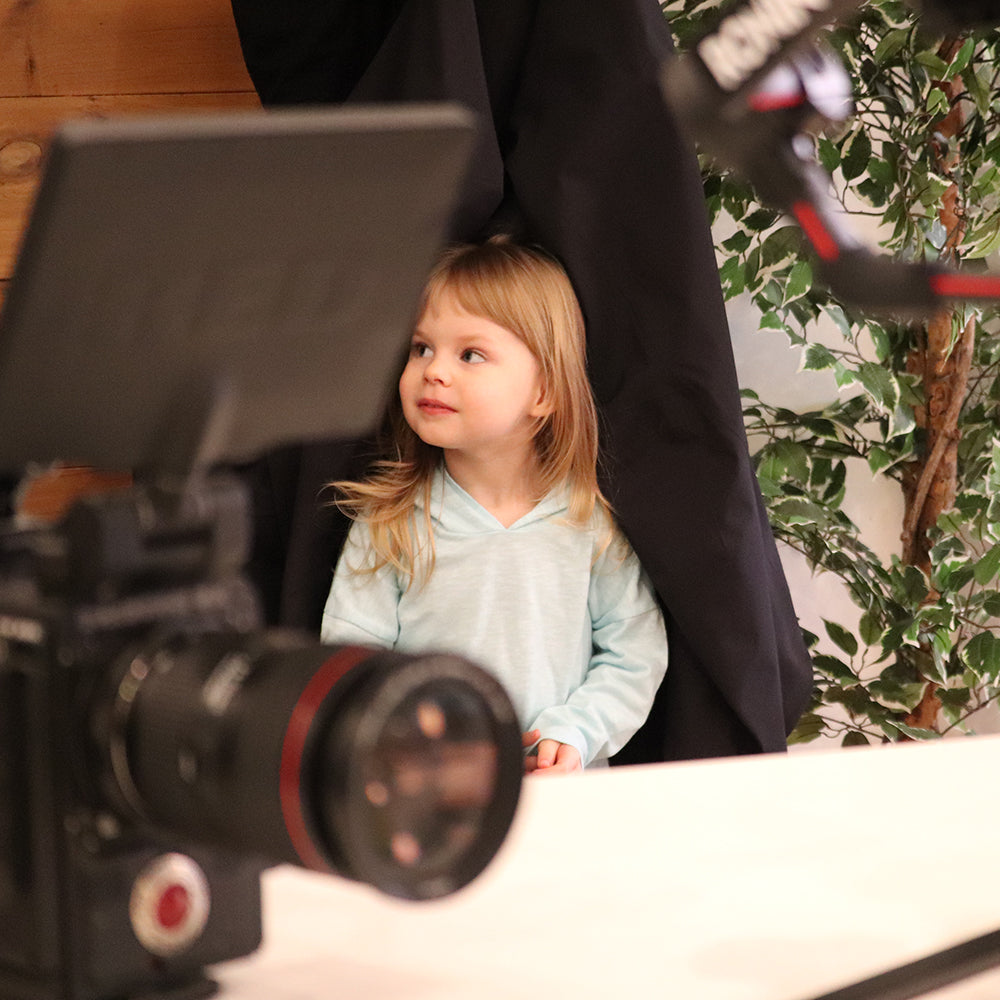
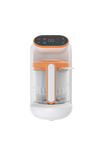
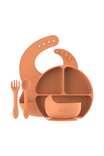
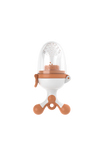
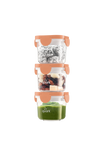
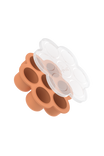

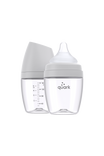
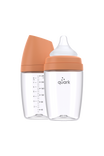

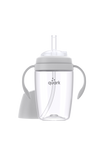
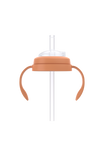
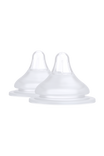

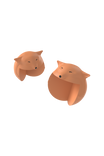
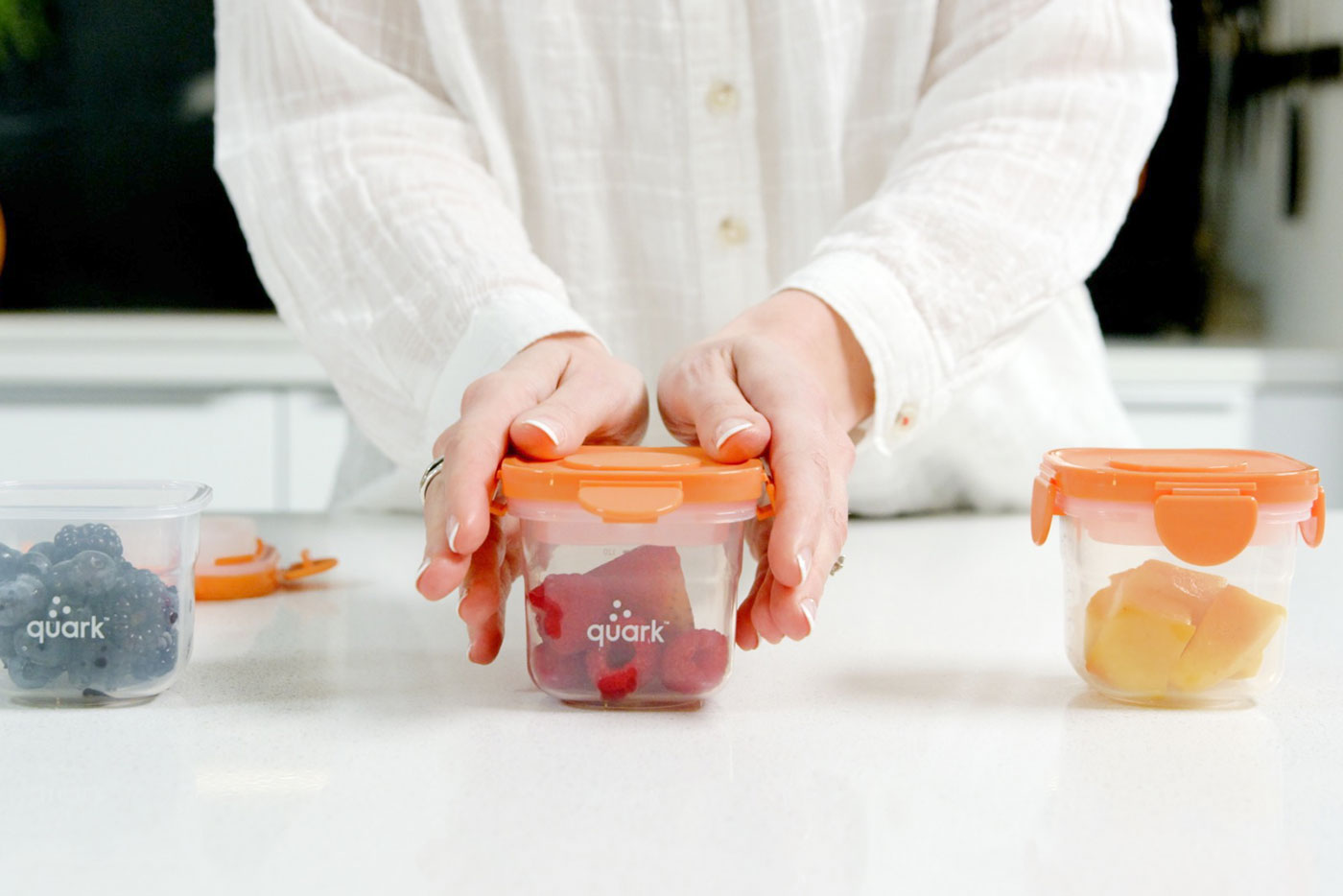
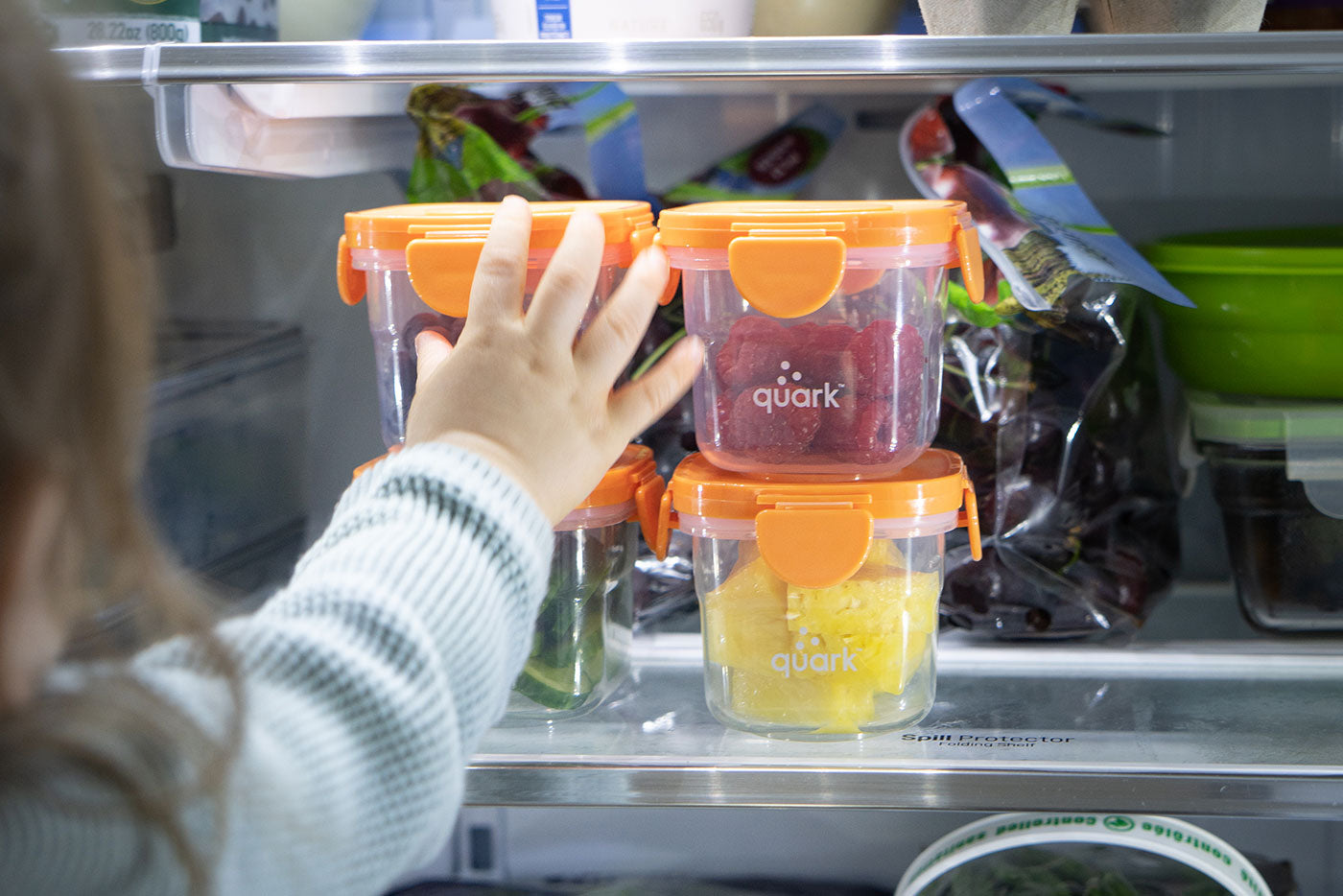
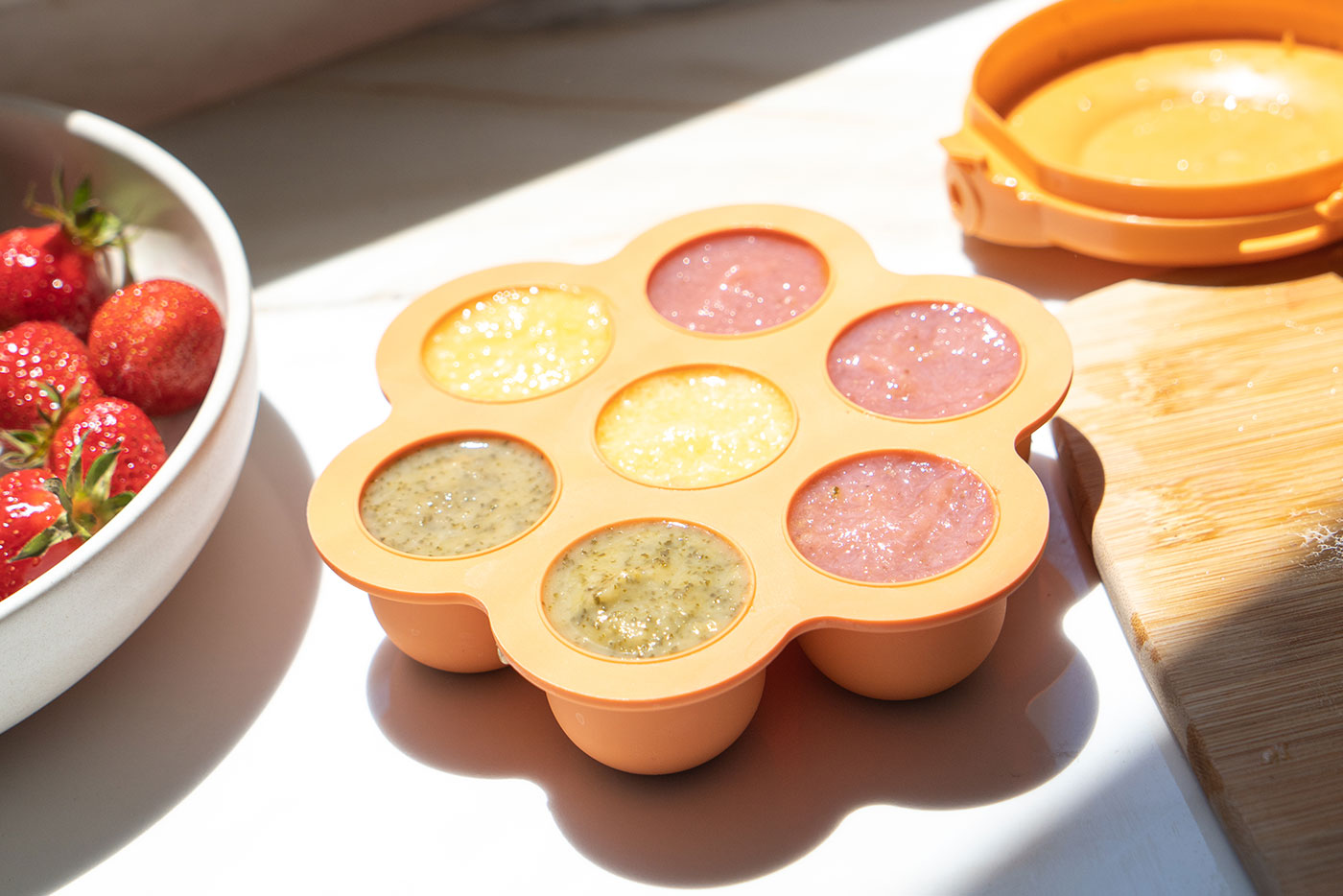
Leave a comment
All comments are moderated before being published.
This site is protected by hCaptcha and the hCaptcha Privacy Policy and Terms of Service apply.